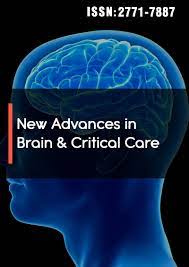Parkinsonian Consequences in Patients Treated with Psychotropics-Why Does It Affect the Elderly More so than the Young
Abstract
Roy G Beran
Introduction: Psychotropics may provoke medication induced parkinsonism (MIP). Age is its most common risk factor and predictor for idiopathic PD. This paper reviews these relationships.
Background: MIP may result from a trigger evoking subclinical idiopathic PD and idiopathic PD may represent an expression of aging.
Discussion: Aging may play a substantive role in the pathogenesis of idiopathic PD, involving nondopaminergic structures, causing a cascade of stressors within the substantia nigra, reducing capacity to respond to insults. Mitochondrial dysfunction and altered protein degradation may be more detrimental to these neurons than elsewhere within the brain. The neurons, degenerating in idiopathic PD, are the same as in aging. Despite epidemiology identifying aging, as the PD risk factor, biological correlates remain elusive. Midbrain dopamine neurons, from aging nonhuman primates, show markers of known correlates of dopamine neuron degeneration, found in PD. Pang et al claim most octogenarian do not have PD, challenging age in its aetiology. Idiopathic PD remains a clinical diagnosis, questioning how detailed was their physical examination. Raghunathan et al evaluated glycosaminoglycans and proteins in PD brains, compared with controls, finding idiopathic PD differed from controls, casting doubt that PD is an expression of aging. Environmental or genetic factors may be important but age remains pivotal with treatment started as soon as the diagnosis of PD is made.
Conclusions: Age is more relevant to the prognosis of idiopathic PD than is disease duration. MIP may result from a trigger allowing the expression of pre-existing idiopathic PD, requiring treatment and further investigation.




